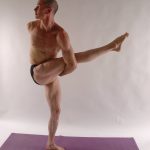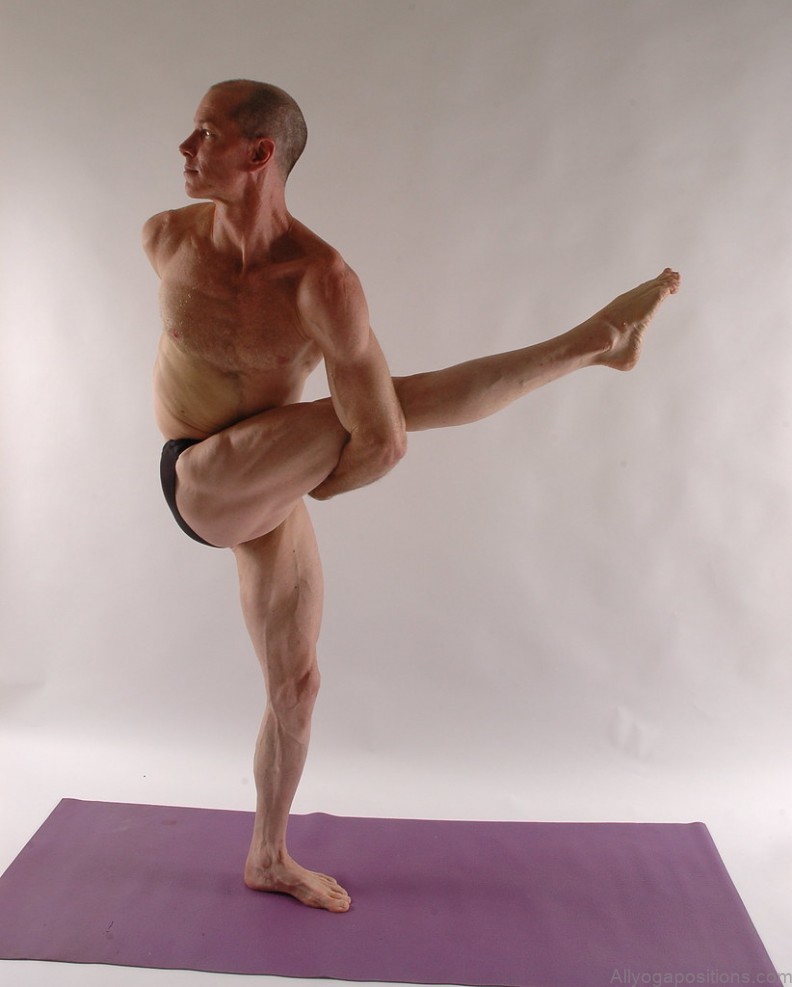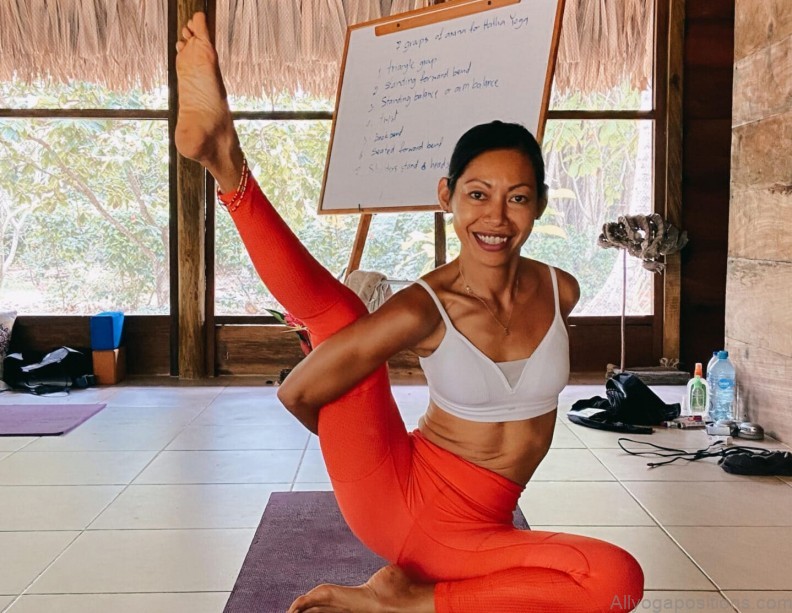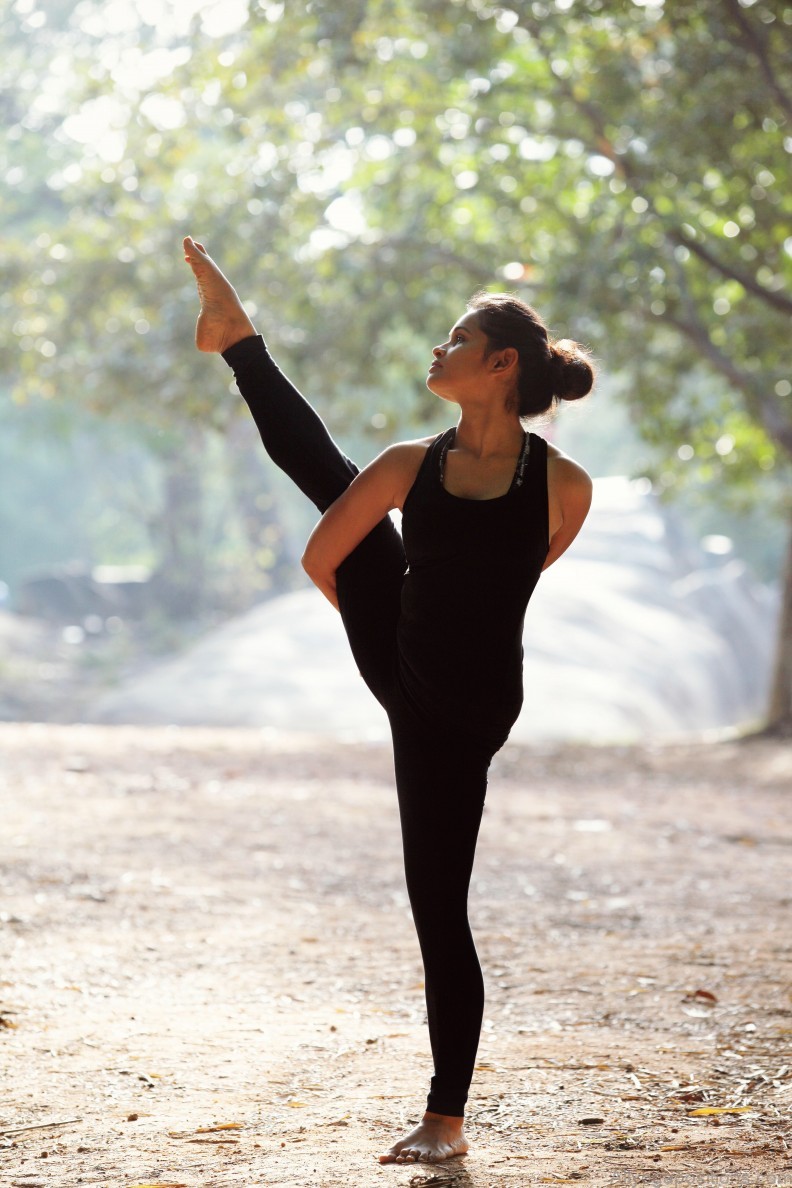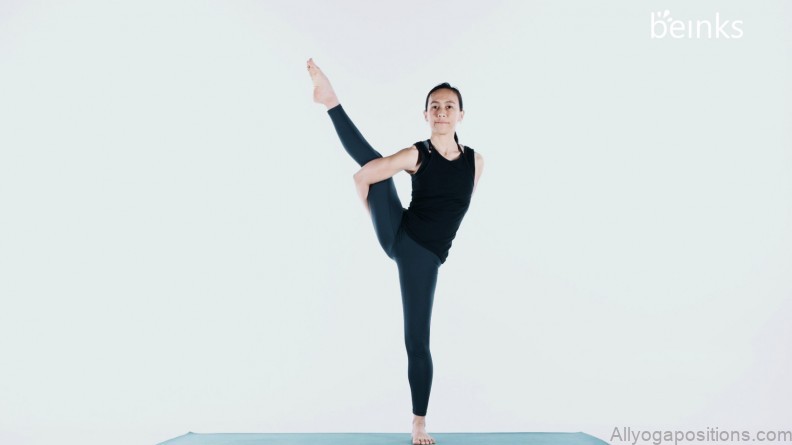Introduction:
Yoga offers a myriad of physical and mental benefits, including improved flexibility, balance, strength, and relaxation. One of the most challenging and rewarding poses in yoga is the Revolved Bird of Paradise pose. This pose combines the elements of balance, flexibility, and strength while providing a deep twist for the spine. In this blog post, we will explore the benefits of the Revolved Bird of Paradise pose, how to perform it, and tips to deepen your practice.
Benefits of Revolved Bird of Paradise Pose:
- Enhances Spinal Health: The Revolved Bird of Paradise pose provides a deep spinal twist that helps to improve spinal mobility and overall spinal health. This pose can also help to alleviate back pain by releasing tension in the muscles around the spine.
- Increases Balance and Stability: The Revolved Bird of Paradise pose challenges your balance and stability by requiring you to balance on one foot while twisting your body. This pose strengthens the muscles in the foot and ankle, improving balance and preventing falls.
- Builds Core Strength: The Revolved Bird of Paradise pose requires core strength to maintain balance and stability. Engaging the core muscles while performing this pose can help to strengthen the abdominal muscles and improve overall core strength.
- Improves Flexibility: The Revolved Bird of Paradise pose stretches the hamstrings, hips, and spine, improving overall flexibility and range of motion in these areas.
Mastering the Revolved Bird of Paradise Yoga Pose: Benefits and How-to Photo Gallery
How to Perform Revolved Bird of Paradise Pose:
Step 1: Start in a standing position with your feet hip-distance apart. Shift your weight onto your left foot and bring your right foot up towards your left thigh, placing the right foot on the thigh as high up as possible.
Step 2: Extend your arms out to the sides, parallel to the floor. Inhale deeply and as you exhale, twist your torso towards the left, bringing your right arm down towards the floor and your left arm up towards the ceiling.
Step 3: Take a few deep breaths in this position, lengthening the spine on each inhale and twisting deeper on each exhale. Keep the right foot firmly rooted on the left thigh, and engage the core muscles to maintain balance and stability.
Step 4: To release the pose, slowly unwind the torso and bring the right foot back down to the floor. Repeat on the other side.
Tips to Deepen Your Practice:
- Warm Up: Before attempting the Revolved Bird of Paradise pose, it’s essential to warm up your body with a few rounds of Sun Salutations or gentle stretching. This will help to prepare your muscles and prevent injury.
- Use a Wall or Chair: If you are struggling with balance, use a wall or chair to support yourself while performing the pose. This will help to build confidence and allow you to focus on the twist.
- Engage Your Core: Engaging your core muscles is essential to maintain balance and stability while performing this pose. Draw your navel towards your spine and engage your abdominal muscles to maintain a stable base.
- Practice Regularly: The Revolved Bird of Paradise pose is a challenging pose that takes time and practice to master. Incorporate this pose into your regular yoga practice to improve your balance, strength, and flexibility.
Conclusion:
The Revolved Bird of Paradise pose is an advanced yoga pose that offers a range of benefits for the mind and body. This pose improves spinal health, increases balance and stability, builds core strength, and improves flexibility. With regular practice and patience, you can deepen your understanding of this pose and experience its many benefits.
Remember to warm up before attempting the pose, use a wall or chair if needed, engage your core muscles, and practice regularly to improve your practice over time. This pose can be challenging, but with dedication and perseverance, you can unlock the full potential of this pose and enhance your overall health and wellness.
As with any yoga pose, it’s essential to listen to your body and avoid pushing yourself beyond your limits. If you experience any pain or discomfort while performing the Revolved Bird of Paradise pose, stop immediately and seek the guidance of a qualified yoga teacher or healthcare professional.
Incorporating this pose into your regular yoga practice can help to challenge your body, improve your balance and stability, and deepen your connection to your breath and inner self. So, go ahead and give the Revolved Bird of Paradise pose a try in your next yoga session, and experience the transformative power of yoga. Namaste.
Table of Contents
Maybe You Like Them Too
- Mastering Virabhadrasana A: The Warrior Pose of Empowerment
- Embracing the Essence of Wide Legged Forward Bend: A Deep Dive
- Unlocking the Power of Prasarita Padottanasana: The Wide-Legged Forward Bend
- The Power and Elegance of the Wide Legged Forward Bend II Yoga Pose
- Mastering the Warrior II Pose: A Deep Dive into Its Benefits and Techniques

